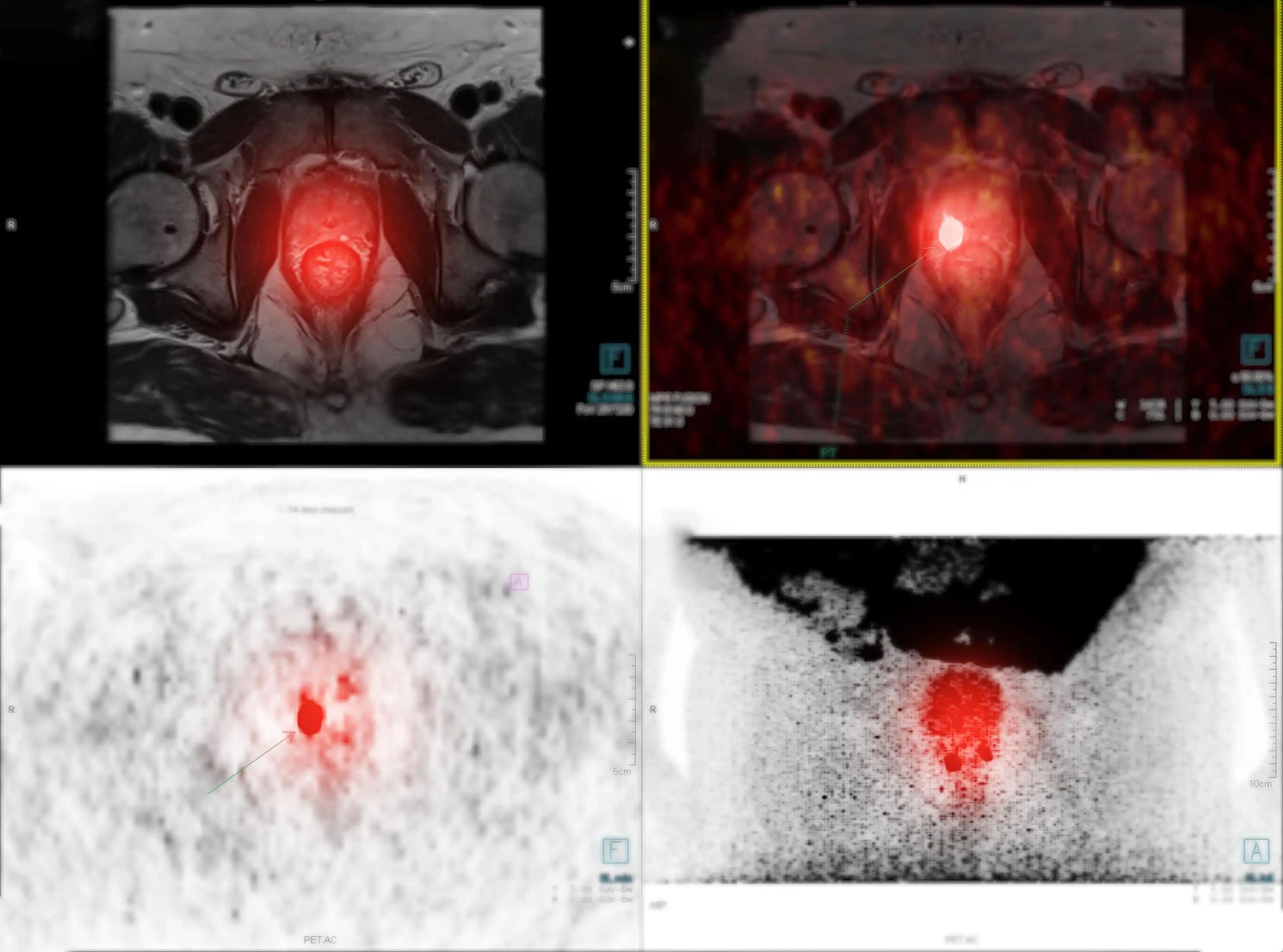KEY TAKEAWAYS
- Phase 3 TALAPRO-3 study targeted treating patients with mCRPC and DDR gene mutations by exploring the benefits of the TALA + ENZA treatment and comparing it with that of PBO + ENZA.
- Nearly 550 participants with at least one altered DRR/HRR gene were grouped into 2 and received either of the treatments.
- TALA + ENZA proved clinically significant based on the primary and secondary outcomes, including rPFS, OS, and PROs.
The phase 3, double-blind, randomized trial TALAPRO-3 evaluated the use of TALA and ENZA in combination with placebo and ENZA. TALA, a poly(ADP-ribose) polymerase inhibitor (PARPi), has demonstrated effectiveness in treating advanced castration-resistant prostate cancers that have mutations in DNA damage response (DDR) genes that are either directly or indirectly engaged in homologous recombination repair (HRR). As a proven treatment for mCSPC, ENZA is an androgen receptor (AR) modulator. Since it has been demonstrated that PARP activity supports AR function, PARP reduction might make patients more responsive to AR-targeted treatments.
In addition, HRR gene control is downregulated by AR blockade, which is thought to cause a “BRCAness” phenotype. These studies indicate that for men with mCSPC and DDR-HRR alterations, TALA combined with ENZA may significantly enhance clinical outcomes.
TALA (0.5 mg once daily [QD]) plus ENZA (160 mg QD) or placebo (once daily) plus ENZA was administered to approximately 550 individuals with mCSPC harboring DDR-HRR alterations (160 mg QD).
De novo mCSPC vs. relapsed mCSPC, high-volume disease vs. low-volume disease, where the high-volume disease is defined as the presence of visceral metastases or ≥4 bone lesions with ≥1 beyond the vertebral bodies and pelvis, and BRCA vs. non-BRCA mutational status, will all be taken into consideration when dividing patients into groups. Age 18 years; a histological diagnosis of prostate cancer; alterations in at least one of the 12 DDR/HRR genes (ATM, ATR, BRCA1, BRCA2, CDK12, CHEK2, FANCA, MLH1, MRE11A, NBN, PALB2, RAD51C) known to make patients more susceptible to PARPi; and metastatic disease are important eligibility requirements (no brain metastases).
Radiographic progression-free survival was the primary outcome (defined as time to radiographic progression in soft tissue per Response Evaluation Criteria in Solid Tumors version 1.1 or in bone per Prostate Cancer Working Group 3 criteria by investigator, or death). Overall survival, safety, and patient-reported results are examples of secondary endpoints.
Source: https://meetings.asco.org/abstracts-presentations/217241
clinical Trial: https://clinicaltrials.gov/ct2/show/NCT04821622
Agarwal, N., Saad, F., Azad, A., Mateo, J., Matsubara, N., Shore, N. D., Chakrabarti, J., Chen, H. C., Lanzalone, S., Niyazov, A., Fizazi, K. (2023). J Clin Oncol 41, 2023 (suppl 6; abstr TPS279) DOI: 10.1200/JCO.2023.41.6_suppl.TPS279



